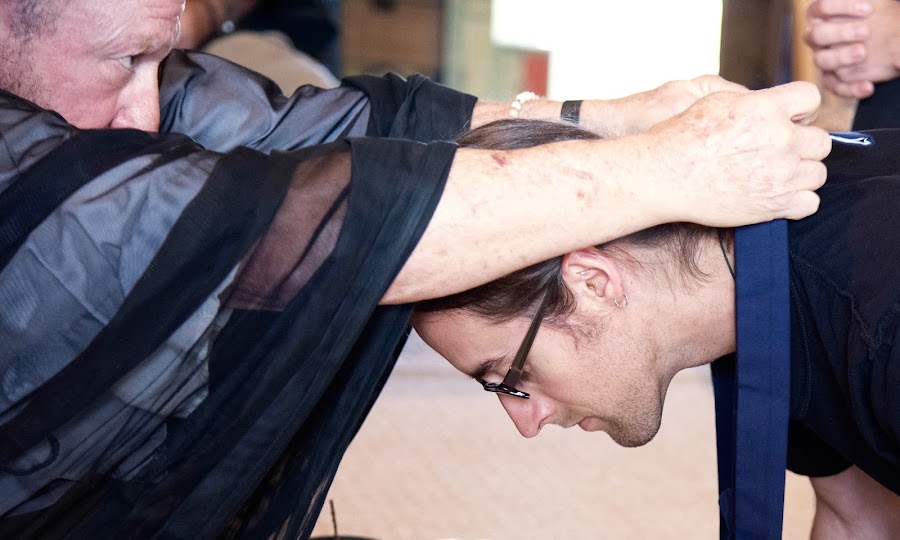Path of Zen

The Path of Zen
Often, many people ask, “Where do I begin?” or “What is the next step?” Below is a common flow of how a person may find their way to Zen Buddhism and then how they may continue to engage.
Meditation
Most people eventually find their way to Zen having begun with the desire to meditate. Due to busy minds and uncomfortable bodies, our intuitions awaken and see in statues of the Buddha or other images of meditation what we hope to eventually find in ourselves: peace. Meditation apps, books, videos, and audio are readily available these days in almost every direction.
Reading
Along with this initial immersion into meditation, new practitioners often read. Their reading may take them toward Yoga, Buddhism, New Age Mysticism, or any of a variety of other spiritual avenues. For those who veer toward Buddhism, something in the teachings about lovingkindness, compassion, joy, and equanimity as taught through non-deistic and non-dogmatic means ring true and more Buddhist books accumulate on the shelf than other types of spiritutal reading.
Groups
As almost every meditator realizes, maintaining a daily meditation practice at home alone is extremely difficult. We quickly realize that if we are going to get our rumps on the cushion as much as we’d like, we will need to sit with a group of like-minded people. In the readings on Buddhism, a person will be recommended throughout to find a group; the importance of the Three Treasures is talked about in most books on Buddhism frequently: The Buddha (teacher), The Dharma (teachings and methods), The Sangha (community).
Group Dating
In most sizeable cities in the United States, there are a variety of meditation groups to check out. It is helpful to see which one feels right, at least for now (often an initial group may feel comfortable in the beginning , but as one’s practice develops, a different group, teacher, and set of teachings may become desired). In this time, a person will also be feeling out whether Zen, Tibetan, Theravadin, Insight Meditation, Vipassana, or a non-denominational group will be the best fit. For those in areas lacking Buddhist influence, they may find a retreat center they enjoy visiting regularly, or an online spiritual mentor.
Zen, The Beginning
Once a person has found their way to Zen, this person is encouraged to take a Meditation Instruction class and Introduction to Zen courses. This is recommended even if the person has prior experience in a different form of Buddhism. Each form of Buddhism has its own cultural particularities and approaches to practice and understanding these can ease much confusion and frustration. With an initial foundation of information, this new person to Zen will intuitively decide how engaged they will become, how many meditations to attend, whether to go to a retreat or not, and whether they want to take the next step.
Zen, The Middle
Here, a person has found their home in Zen and in the community, the teachers, and the teachings. This person is a frequent flyer and has begun to develop a relationship with the teacher by going to dokusan, the 1:1 private interviews with the teacher. The person may now be interested in becoming a student and a Buddhist and going through the process of Jukai, receiving the precepts. This person may take on minor responsibilities in the community, and they will begin going to retreats when possible.
Zen, The Further Middle
Now the student is committed and attends all meditations, all retreats, and is focused on dissolving the ego and seeing their true nature. The relationship with the teacher becomes closer, responsibilities are taken within the community and during retreats, and the student is living and breathing Zen. A person may want to take further vows of priest ordination, live residentially for a while, or become a monastic (a monk or nun). Whether lay or ordained, the person may eventually want to follow the training to the end and teach, which is only the next beginning.